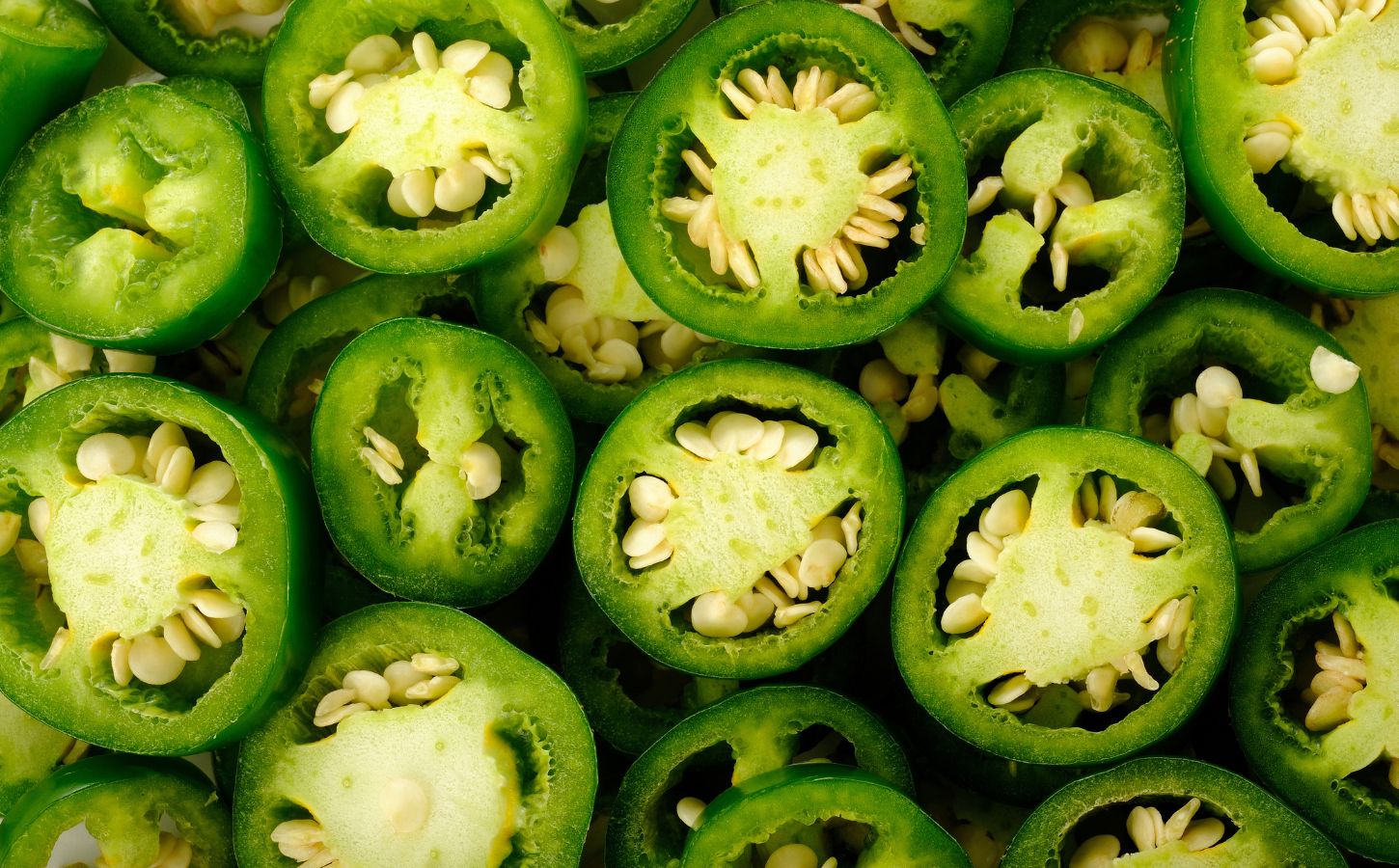It’s Not A Rumor: Why Jalapeños Are Becoming Less Spicy
Originally published by Plant Based News on April 03, 2024
Written by Adam Protz
It has now been confirmed to not be just another conspiracy theory found in the darker corners of the internet: jalapeños are being produced to be deliberately less spicy. It may seem strange in a time where spice is all the rage, with many famous musicians selling their own hot sauces, and Hot Ones, (a YouTube show in which guests eat increasingly hot food) attracting A-list celebrities.
Nonetheless, it is now out in the open that the agriculture industry has been deliberately tampering with the jalapeño. Hailing from Mexico, the name is Spanish for “from Xalapa,” the Mexican city where the medium-sized chili pepper was traditionally grown and cultivated. Fans of the pepper are now worried it will never retain its original spice level following agricultural intervention.
A larger jalapeño, but with less heat
The concern all follows a report in a report in D Magazine that finds these lower-spiced jalapeños are the results of “a vast industrial scheme.” The new variety of the pepper is called TAM II, and, because it suits many aspects of the jalapeño production industry, is often now the jalapeño people will find themselves eating at home or in restaurants. The name refers to Texas A&M University, where TAM II was first developed.
There are several reasons why it suits industrial-level agriculture and the food industry at large so well: despite its deeply controversial reduced scoville-level, it grows to be a larger fruit with an increased amount of flesh. As with many tampered-with fruits and vegetables, there is a perception that it looks better aesthetically. It has stronger virus resistance, and also boasts a faster maturation.
Shop local for the spicier jalapeños
This all means it will be tricky for those who don’t wish to buy the TAM II variety. One of the only viable workarounds in such a situation is to shop at smaller or independent greengrocers, where shoppers can discuss with the staff which jalapeño variety they are stocking. The spicier varieties to ask for are Early and Mitla peppers.
A big driver of TAM II production is the salsa industry. With this newer variety of jalapeño, which is only around 20 years old, salsa makers can now control the spice levels of their products more precisely, often adding their own spice to tweak the salsa to their desired result.


